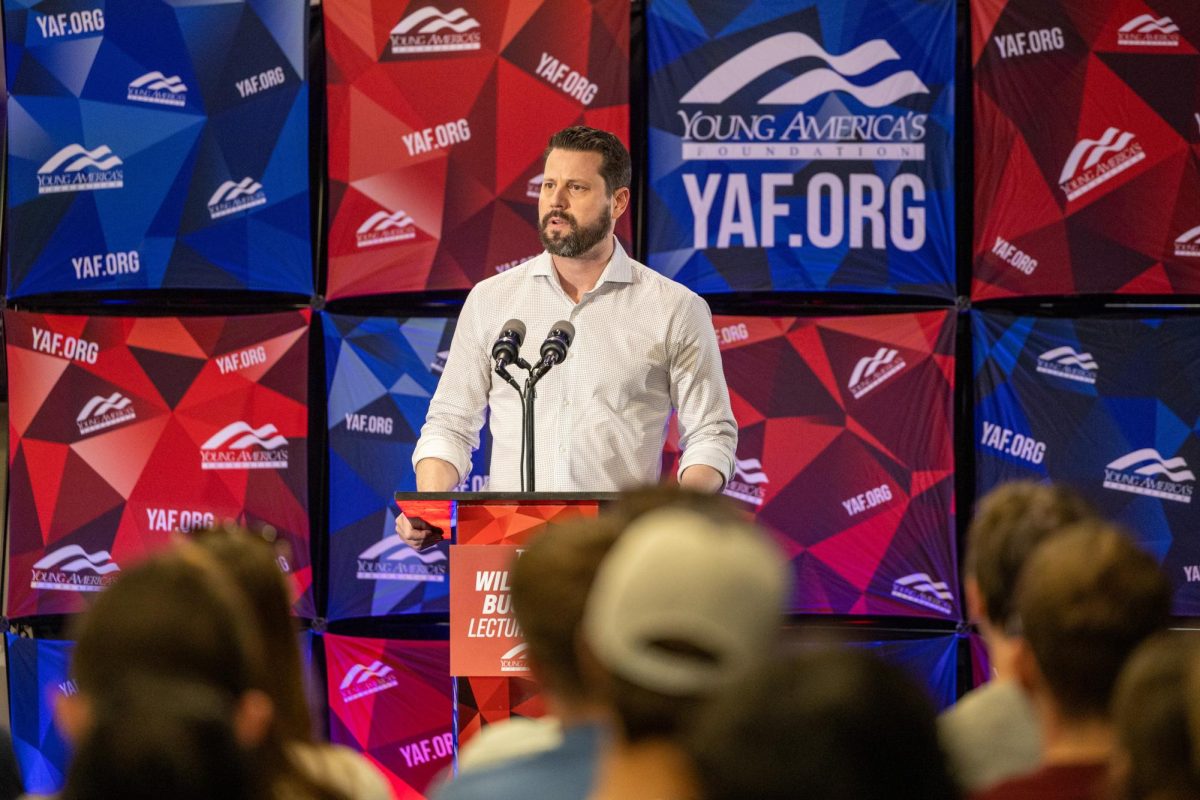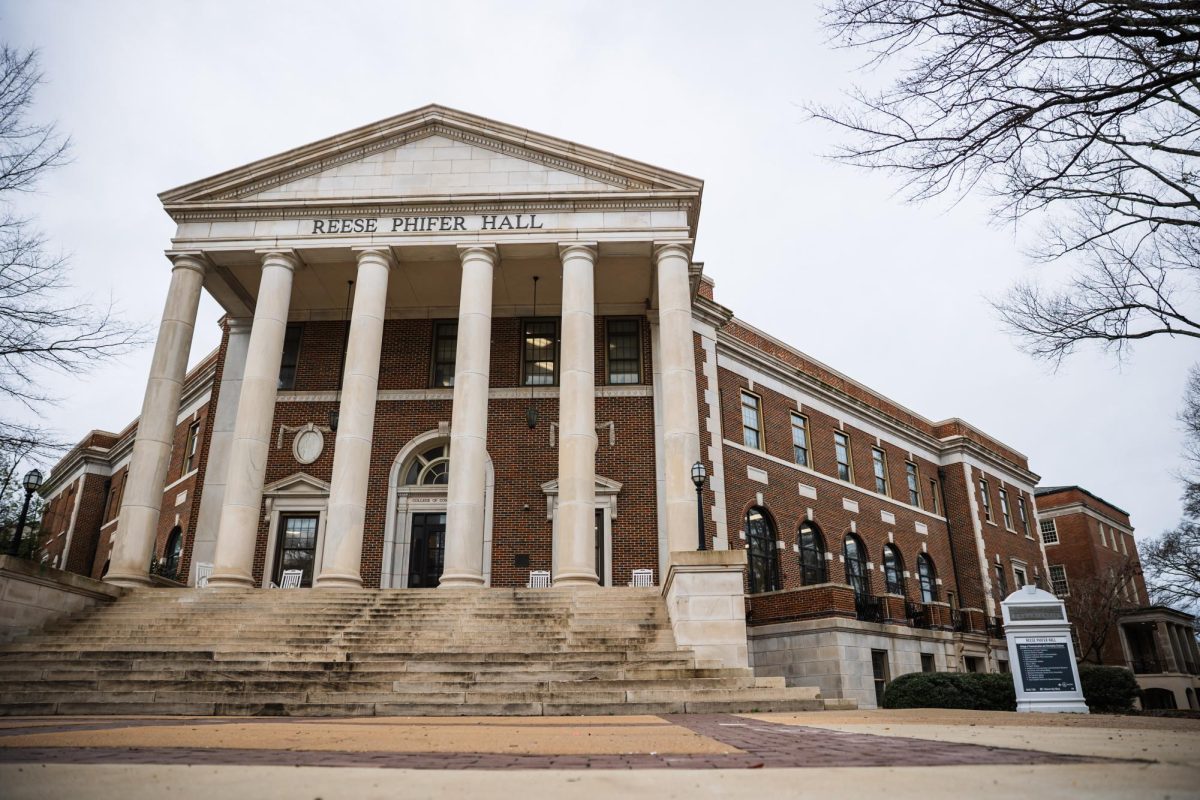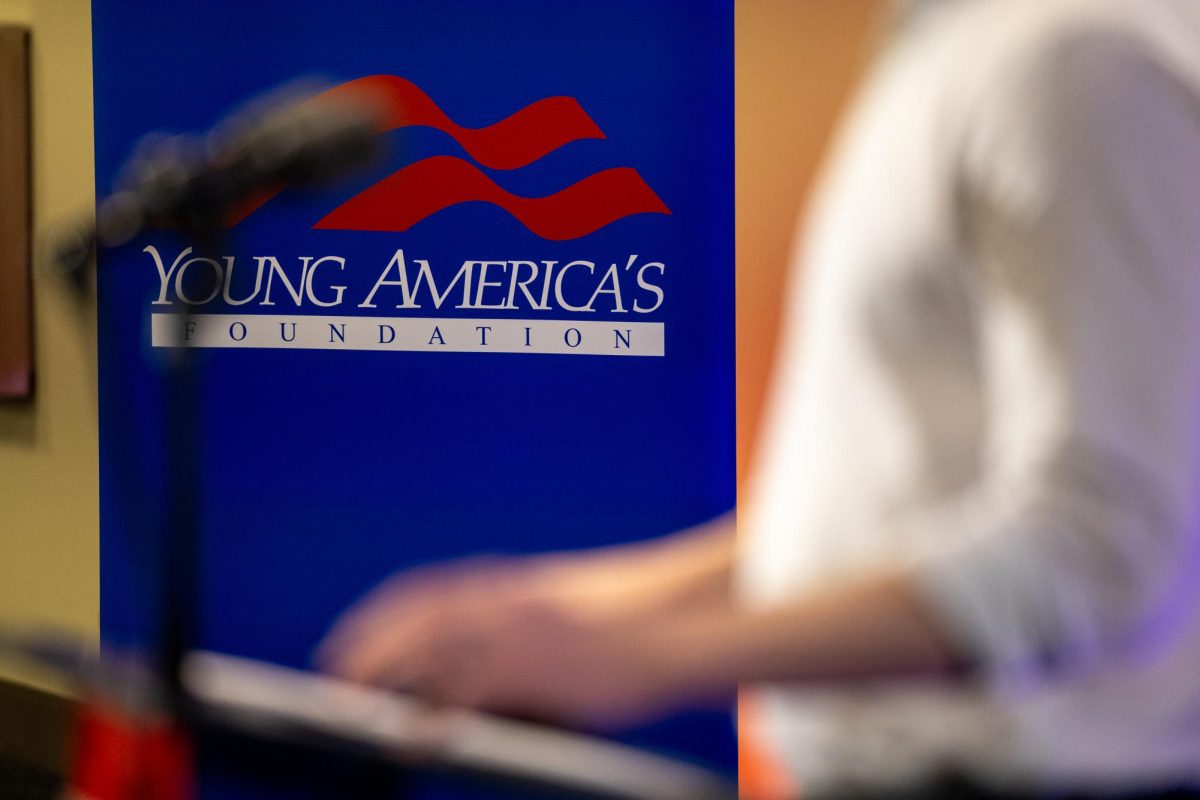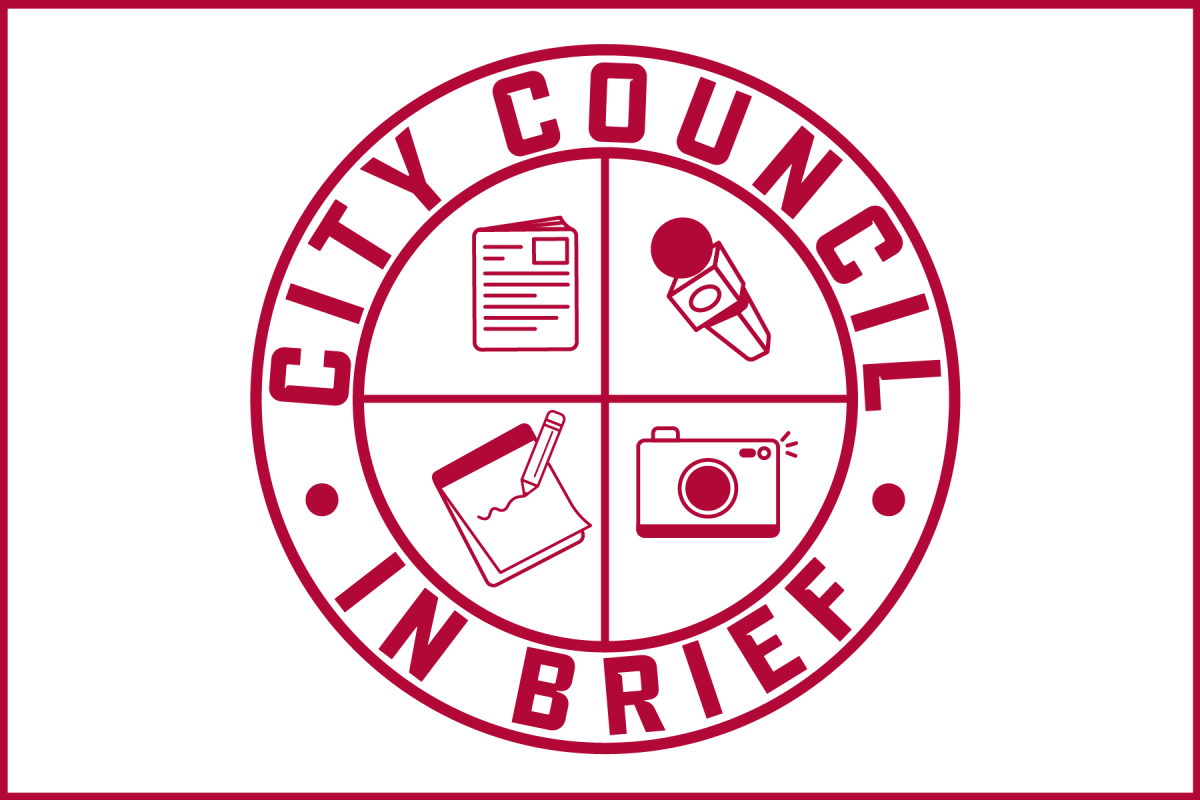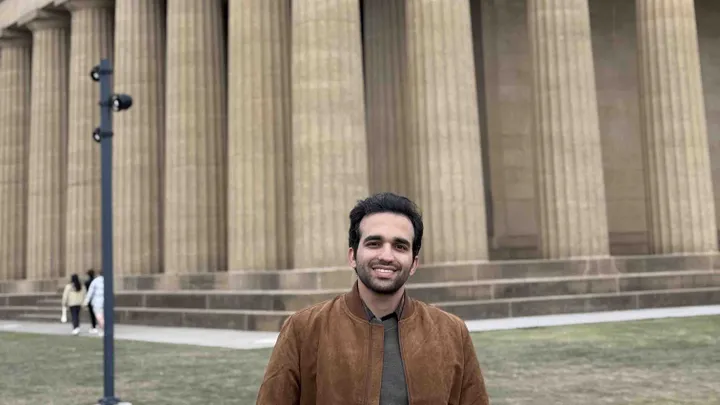Hayes Favinger took notice when his friend’s family survived a financial crisis thanks to a well-saved cushion. As a result, Favinger started saving for retirement when he was 17 years old.
“I just try to budget myself out about a month in advance and take whatever I don’t think I’ll use I put into savings or in a mutual fund,” said Favinger, a senior majoring in general business and history.
Favinger said apart from savings, he keeps a close eye on his credit score, checking it about two or three times a year.
Pensions have been on the decline over the last couple of decades as 401(k)s have gained popularity among employers. 401(k)s and pensions are two of the top retirement options in the United States. 401(k)s set up a system where an employer takes a part of an employee’s wages and puts it in a fund for retirement. The money is not taxed by the government until it is in use at the age of retirement.
Pensions are made up of contributions made by an employer based off the salary of the employee. They are not exempt from taxes, but there is a consistent amount of money put into the fund.
“I think its important because jobs that pay pensions are becoming more and more rare and go to 401(k)s,” Favinger said. “While 401(k)s are usually stable, they are not always.”
According to an article published by Forbes magazine, the Organization for Economic Cooperation and Development conducted an international assessment to assess financial literacy of students.
The study found about 18 percent of American students couldn’t perform basic financial literacy tasks, and the nation was below average in the percentage of students who met baseline literacy.
Lisa McKinney, an accounting professor at the University, said topics about financial literacy are naturally incorporated in her courses. McKinney said she would recommend students attend the workshops the University holds, or they should use resources like YouTube how-to videos or smartaboutmoney.org.
“One of the keys to success for your career is controlling finances,” McKinney said.
The University is partnered with a non-profit backed program, Salt, that can help students learn how to manage money, plan loan payment options and find scholarships, among other things. The resources Salt offers are free for UA students. Students can go to saltmoney.org/UofAlabama using their crimson email address.
“I did not know what Salt provides, but now that I know what that is, I think I could definitely look at what they have,” Favinger said.
McKinney said it is not about how much you make but how you spend it, and that is seen often in entities like the NFL. McKinney said the NFL is now instituting classes because players often go bankrupt.
“If they do, why shouldn’t we?” McKinney said.
Catherine Sullivan, a sophomore majoring in business management, knows about retirement and 401(k)s, but has not started saving for retirement. She’s not alone.
A survey conducted by the TransAmerica Center for Retirement Studies in 2015 found that “37 percent [of twenty-something workers] know nothing about asset allocation principles, some may be investing too conservatively given their long time horizon in low-risk, low-return investments.”
While saving for retirement is not her top priority at this time, Sullivan said she thinks financial literacy is important for students to understand.
“Having knowledge about finances and how they work will enable you to plan your future successfully,” Sullivan said.




